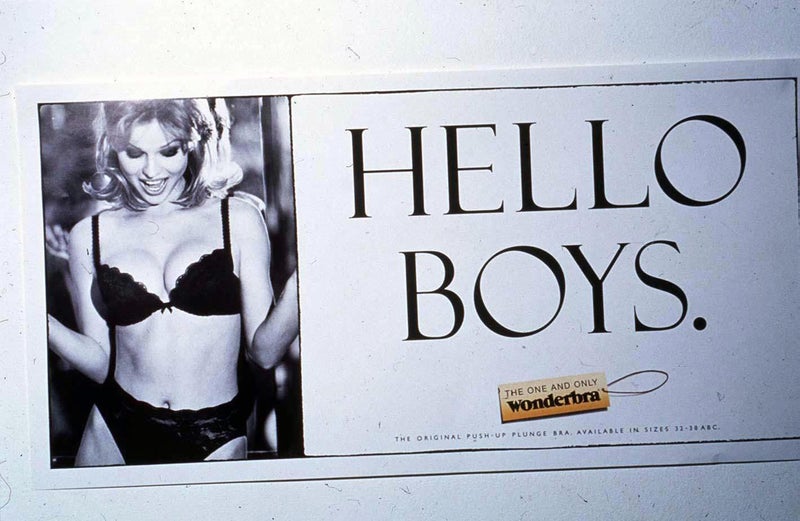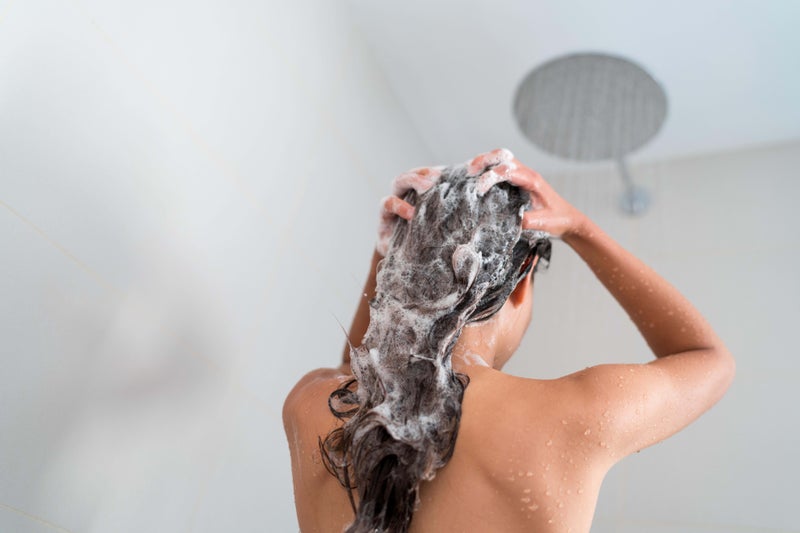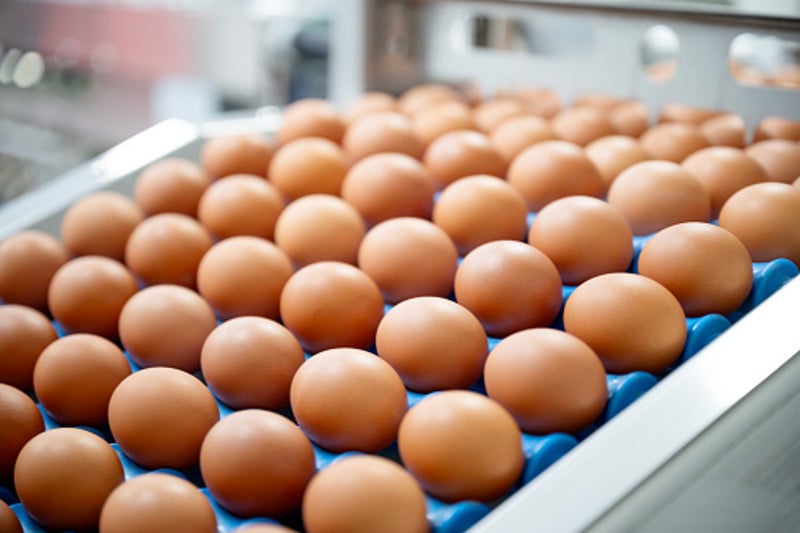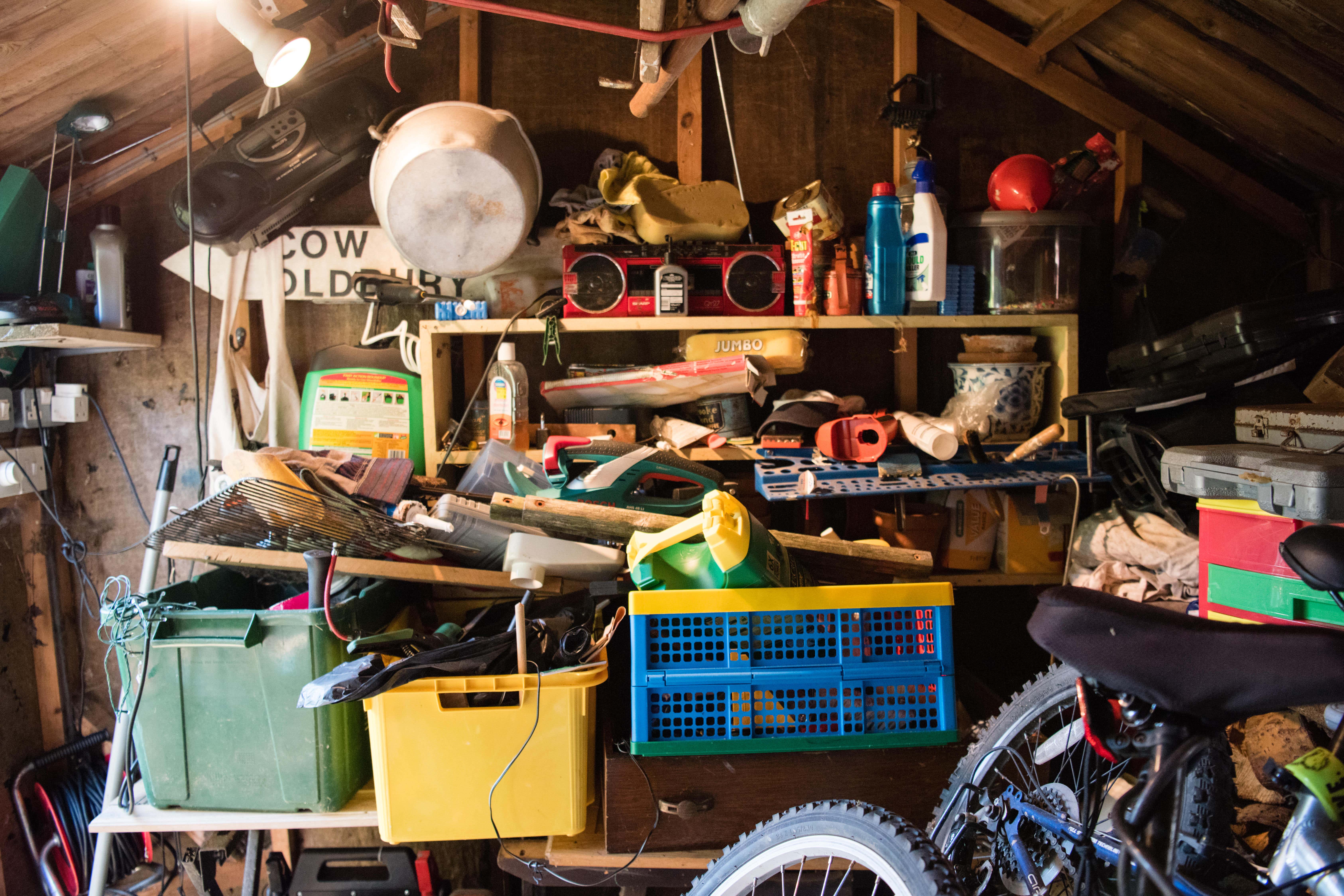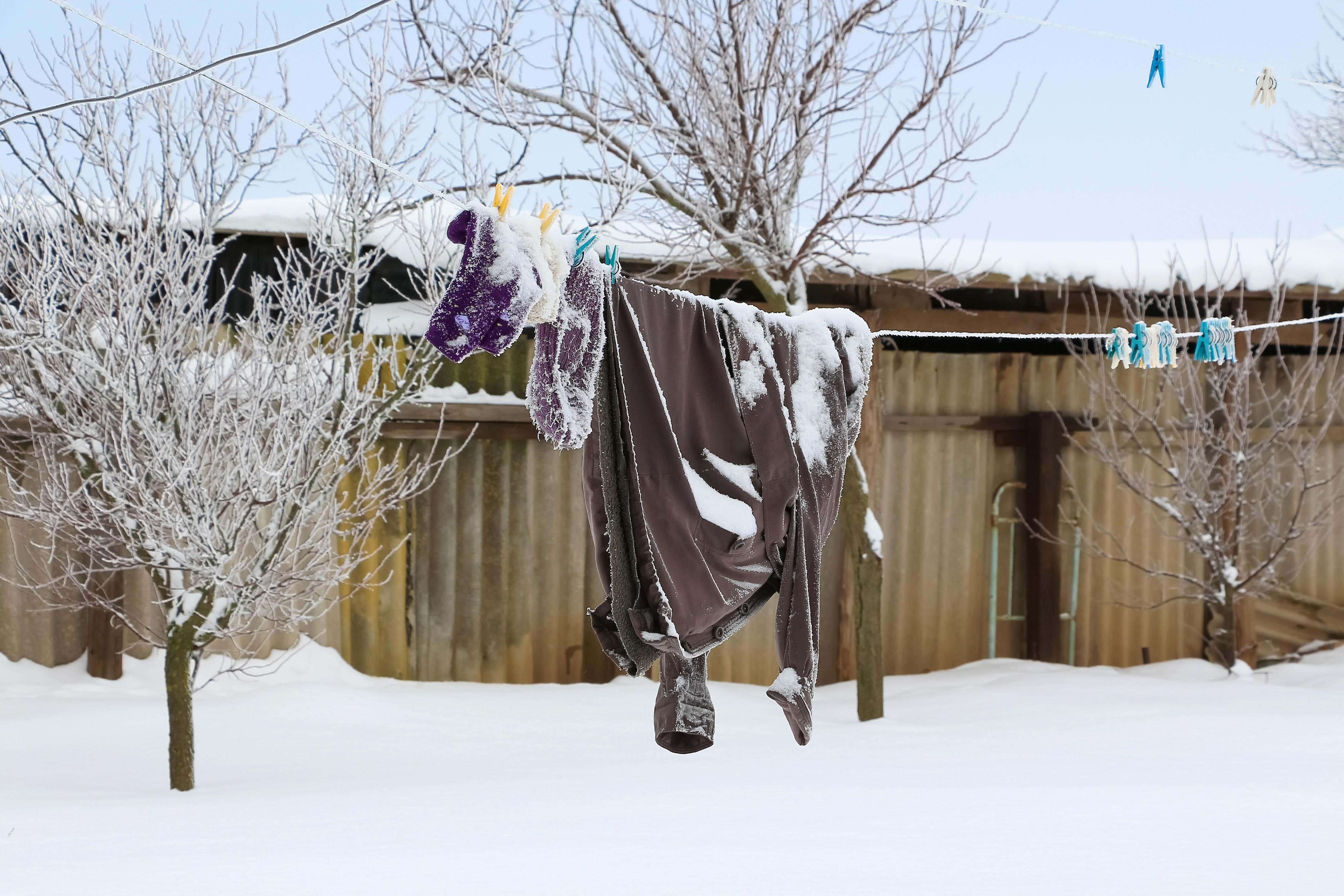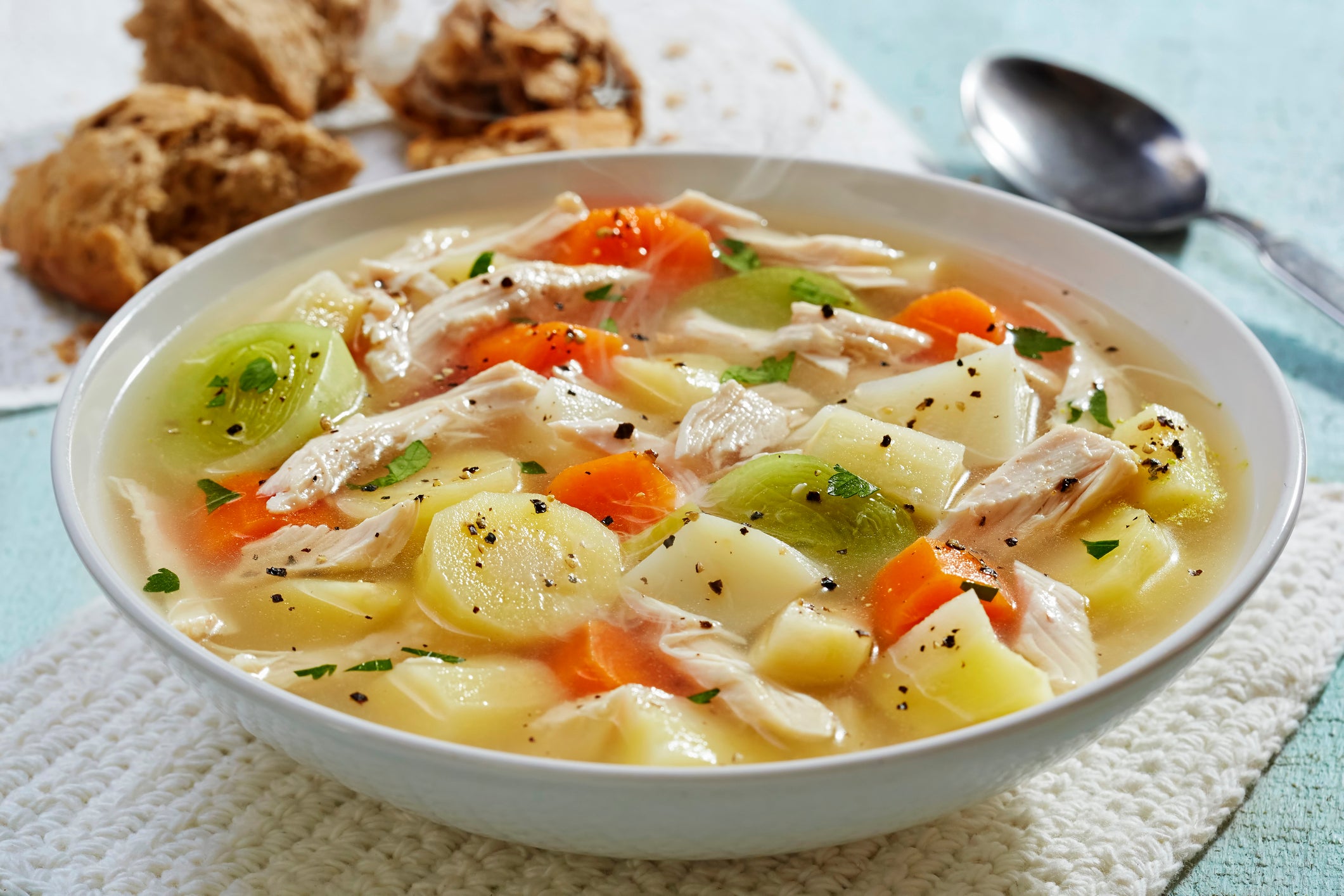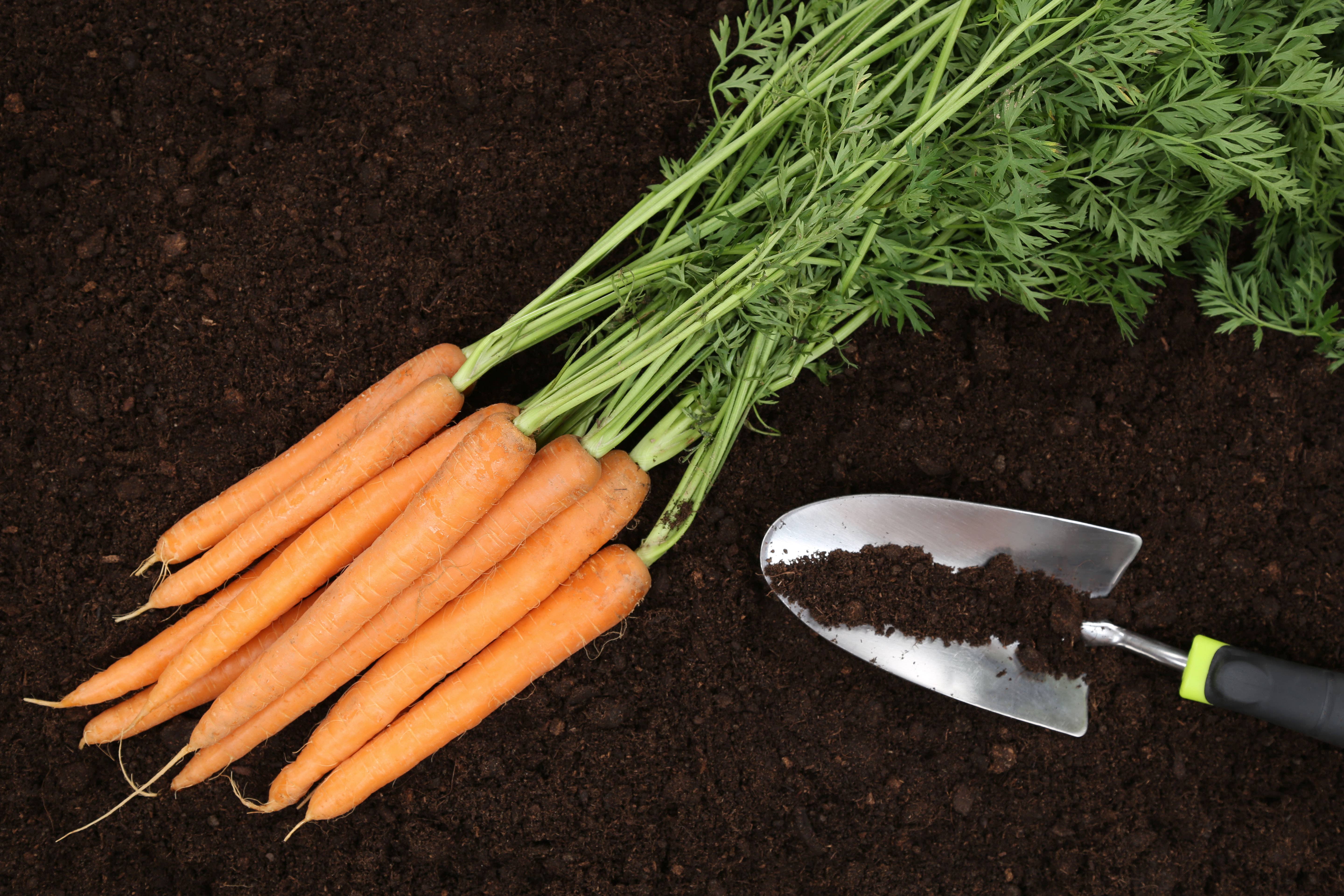The slow death of the push-up bra (and why they might make a comeback)
The slow death of the push-up bra (and why they might make a comeback)
Share:
Sales of chest-enhancing bras have plummeted, with current trends celebrating a more modest, often cleavage-less bust. But history tells us that women’s chests have always been a battleground, writes Ellie Muir. Whatever happened to the Wonderbra? Best remembered for its iconic “Hello Boys” campaign poster, with Czech model Eva Herzigová staring down with glee at the results of her lace push-up bra, it sparked absolute carnage among Britons in 1994. Debates were had over whether the campaign was sexist or not. There were reportedly traffic accidents caused by motorists distracted by the sight of Herzigová’s breasts printed on roadside billboards. Lingerie brands Gossard and Sara Lee went chest-to-chest in a battle to obtain the licence to release the Wonderbra in different territories. It was chaos. But for women, the Wonderbra was revolutionary. It promised to increase the natural cup size two times and make the boobs appear perkier. Plus, it felt like a direct response to the androgynous waif-style bodies seen on the Nineties runways.
![[A woman presses a button on an inflatable bra, October 1969]](https://static.independent.co.uk/2025/01/31/16/GettyImages-1450836758.jpg)
When I had my first bra fitting as a pre-teen, I glanced at the Wonderbra section in awe, imagining growing up and owning my own red satin push-up. The reality, though, is very different today: I wouldn’t dream of having my boobs hoicked and scaffolded like the trend dictated back then. Why? Because the push-up bra has been phased out for something else. Visit the lingerie floor of a department store today and you’ll find rows of dainty bralettes, delicate mesh balconette designs and lightly moulded T-shirt bras intended to subtly sculpt and lift the breast in an understated manner – all without increasing the size. Across the intimate apparel industry, retailers have reported declining sales of padded and push-up bras, while sales of non-wired and soft bras have soared. Kim Kardashian’s Skims brand leads the pack, specialising in muted, lightly-lined lingerie and shapewear. The shift is reflected in clothing trends, too. Go out on a Friday night and you’ll notice young women wearing fitted high-neck tops that smooth over the breasts rather than display any sort of Victoria’s Secret-style cleavage.
![[Models Debbie Flet and Sandra Kaine at the launch of the Wonderbra ‘Hello Boys’ campaign]](https://static.independent.co.uk/2025/01/31/10/56/PA-16225691.jpeg)
I’ve seen this trend unfold: while I like how it looks, my Victoria’s Secret bombshell bra is now collecting dust in my underwear drawer. I also own a collection of low-cut tops that I wouldn’t wear with confidence any more, out of fear of showing too much cleavage. The “perfect” bra size has fluctuated and morphed throughout fashion history. And with it has been the work of designers and fashion brands, who’ve long attempted to catch up to – and inspire – the breasts of the moment. Gillian Proctor, an associate lecturer and contouring specialist in the fashion department at DeMontfort University, tells me that the earliest size-enlarging bras can be traced to the late 1800s. The Lemon Cup “bust improver” had whalebone springs inside each pad that would pop out horizontally to give the impression of a larger bust. “These early examples are very idiosyncratic,” she laughs, pointing out that women would experiment with different forms of breast enlargement procedures before the use of standardised implants in the 20th century. “Women would pump petroleum into their breasts, which is definitely something we wouldn’t do today. There’s also evidence that women would use substances like sawdust in early breast enhancements, before silicone gel implants were invented much later.”.
![[Kim Kardashian wearing Skims]](https://static.independent.co.uk/2021/07/27/14/newFile-1.jpg)
While Edwardian women may have been intent on enlarging their breasts, the pendulum swung the other way by the 1920s, with flat chests becoming more favourable. Larissa Shirley King, an assistant professor in fashion design at the Fashion Institute of Technology in New York, tells me that the Garçonne women, those who rebelled against conventional ideas about feminine behaviour and dress in 1920s France, would bind their breasts in search of a more petite silhouette. “It was a boyish and androgynous look diametrically opposed from the curvy, padded women silhouette of the Edwardian era 15 years prior,” says King. “In the 1920s, bras were more like a bandeau style, very flat – not a lot of definition there. The whole body aesthetic was very thin and also very youthful.”.
Unsurprisingly, things changed (and repeated) again. One of Proctor’s favourite inventions is the inflatable bra, launched in the early 1950s during the popularisation of the hourglass figure, which saw women increase their cup size within seconds by blowing into the pointy bra through a drinking straw. “Lingerie designers have always been the architects of fashion and they’ve also created the scaffolding for the clothes to sit over to respond to different trends,” she explains. Padded bras only got more popular in the Fifties, with the rise of Hollywood sex symbols such as Marilyn Monroe and Jayne Mansfield. “There was a survey done in 1942 that showed that four out of five women were wearing padding in their bras. By the Fifties, busty women were seen as beauty icons. British women wanted to look like that.”.
